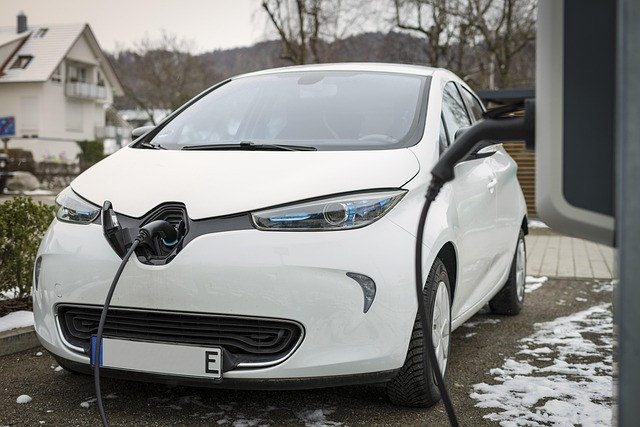The world is rapidly evolving, and one of the most promising facets of this change is electric mobility. As we navigate the complexities of climate change and environmental degradation, electric mobility emerges as a beacon of hope, especially in the context of rural development and transport sustainability. It’s not just about technology; it’s about empowering communities and ensuring that everyone has access to sustainable transportation options.
In rural areas, where access to public transport has often been limited or non-existent, the introduction of electric vehicles (EVs) is a game-changer. Imagine a community where electric buses and shared EV services are as common as the traditional diesel vehicles. The shift towards electric mobility can foster increased connectivity, linking remote villages to essential services, jobs, and markets. This ensures that rural dwellers are not left behind in the modern age.
One of the most significant advantages of electric mobility is its potential to significantly cut down emissions. Traditional transport systems contribute heavily to air pollution and greenhouse gas emissions, which disproportionately affect rural communities often relying on farming and natural resources. By adopting electric vehicles, we not only protect the environment but also promote healthier living conditions, leading to improved quality of life for rural residents.
Moreover, the transition to electric mobility in rural areas opens up job creation opportunities. From manufacturing and maintaining electric vehicles to building infrastructure like charging stations, the green transport revolution can stimulate local economies. This not only provides jobs but can enhance the overall economic resilience of these communities. Small businesses can adapt to the new landscape by offering electric charging solutions or even starting businesses centered around eco-friendly transport options.
Electric mobility also introduces the concept of solar-powered charging stations, which can be incredibly beneficial for these areas. Given the vast open spaces in rural regions, harnessing solar energy can supply the power needed for local electric fleets. This sustainable energy source can ensure that transport remains affordable and environmentally friendly, thus creating a self-sustaining system that benefits the community as a whole.
Critically, electric mobility isn’t solely about vehicles; it’s about the entire ecosystem surrounding transport. This includes infrastructure development, incentives for local governments to invest in green technology, and encouraging community involvement in sustainability efforts. Together, these components create a holistic approach to rural development that can lead to enhanced accessibility and better quality of life.
In this transformative age, we must embrace the role of electric mobility as a catalyst for change. The groundwork we lay now will define the future of transport sustainability in rural communities. The integration of electric mobility can redefine how we transport goods and people, making it not only efficient but also sustainable for generations to come.
Ultimately, prioritizing electric mobility in rural development is about creating a sense of community and shared responsibility towards our planet. It’s about acknowledging that everyone has a right to clean air, efficient transport, and the opportunity to participate in an eco-friendly economy. As we step into this exciting new era, it’s crucial for individuals, businesses, and governments alike to collaborate and invest in sustainable transport solutions that will champion rural development and lead to a more sustainable future.




